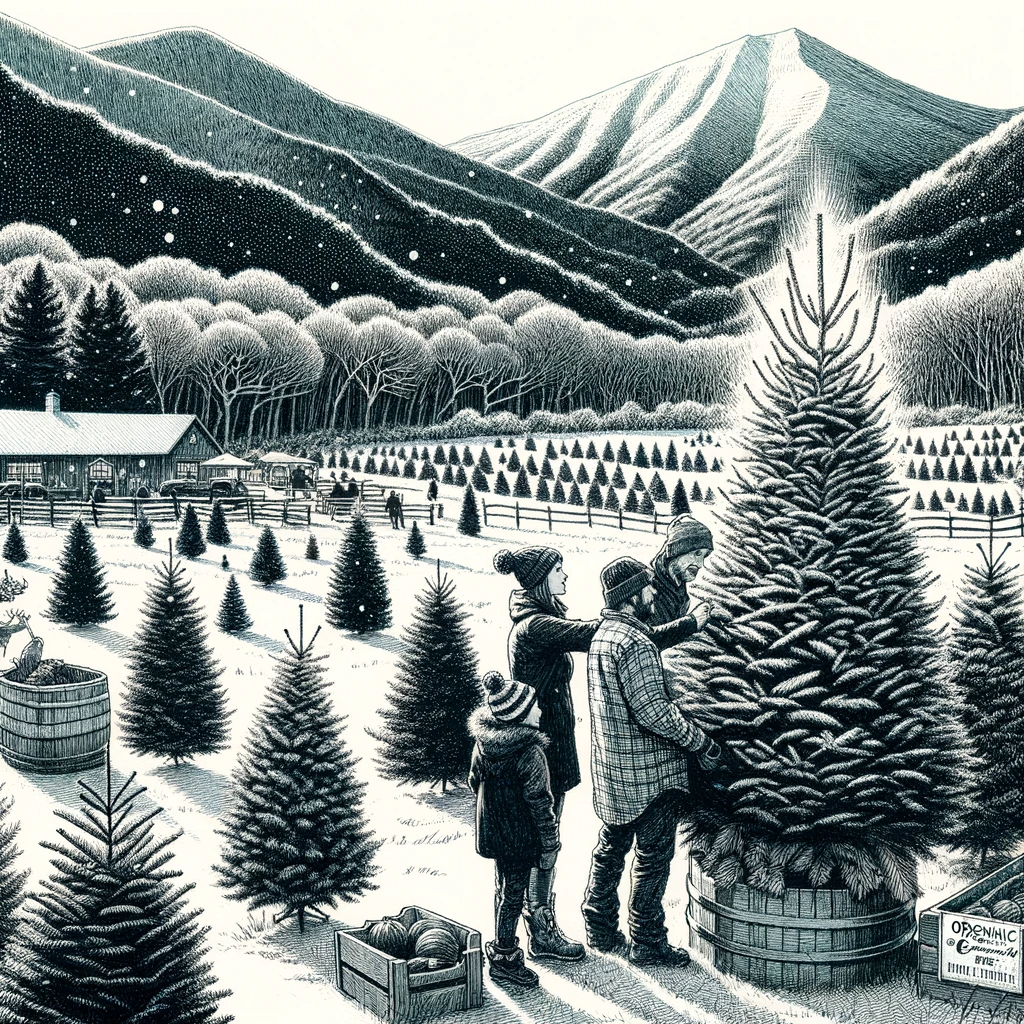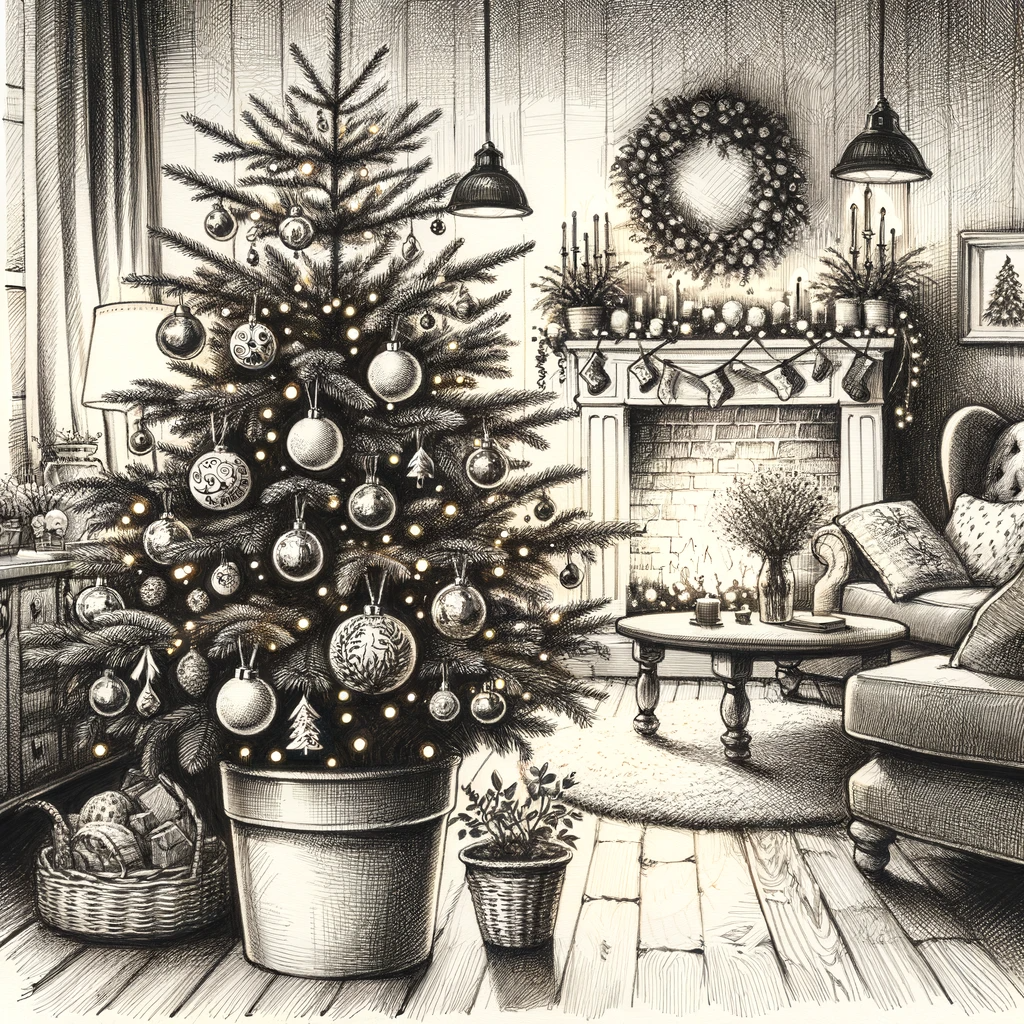Embracing a Green Christmas During the holiday season, it’s crucial to think about sustainability and how we can make our celebrations more eco-friendly. From decorations to gifts, there are various ways to incorporate sustainability into our festivities. One important aspect is choosing a sustainable Christmas tree. Artificial trees, made of non-biodegradable materials, take centuries to decompose, while real trees can be sustainably grown. Look for trees certified by organizations like the FSC or SFI. Opting for a locally grown tree reduces the carbon footprint. After the holidays, dispose of the tree properly through recycling programs. Potted trees are also a popular alternative, providing long-term environmental benefits. Choosing a sustainable tree sets an example for future generations while enjoying the holiday spirit. Let’s have a truly green and memorable Christmas!

Types of Sustainable Christmas Trees: Real vs. Artificial
With the holiday season approaching, the sustainability of Christmas trees has become a concern. The debate between real and artificial trees has led to the exploration of eco-friendly materials in artificial trees. Real trees can be sustainable if locally grown and from sustainable farms. After the holidays, they can be recycled into mulch or compost. However, water and pesticides used in cultivation should be considered. Artificial trees are convenient but made from non-biodegradable PVC. However, some manufacturers now offer trees made from recycled PVC or alternative materials like PE, cardboard, or sustainably sourced wood. Recycled PVC trees reduce waste and demand for new materials. PE trees have a realistic look, and natural materials add charm. LED lights and eco-friendly tree stands are also available. To choose the most sustainable option, consider the tree’s entire lifecycle. Real trees can be eco-friendly if sourced and disposed of properly. Artificial trees can be greener if made from recycled PVC or eco-friendly materials and used for multiple seasons. Consumers play a key role in prioritizing sustainability.
Going Local: The Benefits of Choosing a Local Tree
In today’s globalized world, there is a growing appreciation for locally sourced goods, even when it comes to choosing a tree. By opting for a local tree, you support the community and local farmers, promoting economic growth. It also reduces your carbon footprint by cutting down on transportation emissions. Local trees are already adapted to the climate and soil conditions, requiring less care. Choosing a local tree connects you to the unique identity of your surroundings and supports biodiversity.
Organic Christmas Trees: A Natural Choice
Organic Christmas trees are popular among environmentally conscious consumers. They are grown using natural methods and avoid synthetic chemicals. Organic farmers focus on healthy soil, avoid pesticides, manage weeds without herbicides, conserve water, and follow certification standards. By choosing organic trees, consumers support sustainable farming and reduce environmental impact. Opt for an organic Christmas tree this holiday season to align with environmental values.
Potted Christmas Trees: A Living Tradition
Potted Christmas trees bring beauty and charm to your home during the holidays. Choose the right tree for your climate, acclimate it to indoor temperatures, and water it regularly. Keep the tree away from heat sources and use a stand with a reservoir. Limit its time indoors to 7-10 days to ensure its survival. Prepare for replanting and take care when transferring the tree to a prepared hole. Water it regularly and provide post-planting care. Enjoy the beauty of a potted Christmas tree and continue its life in your backyard for years to come.

Disposal and Recycling: The Afterlife of Your Tree
When it’s time to discard your Christmas tree, consider composting or recycling it instead of throwing it away. Composting involves removing decorations and cutting the tree into smaller pieces before adding it to your compost pile. Recycling options vary by location, so check with your local center for guidelines. You can also get creative with crafts like making coasters or ornaments from the tree. Remember to prioritize safety and avoid using treated or painted wood. By choosing these options, you can reduce waste and give your tree a sustainable afterlife.
